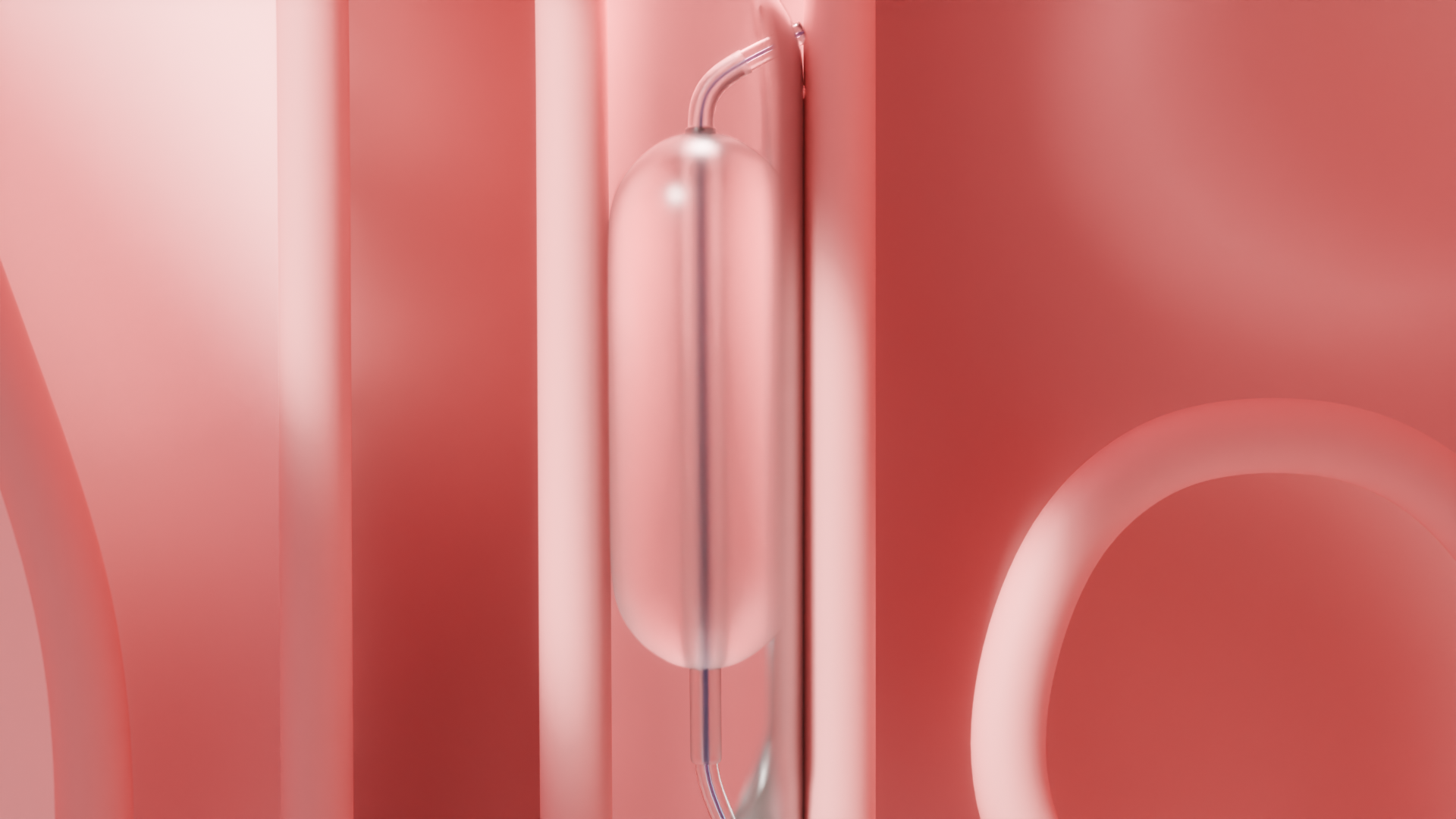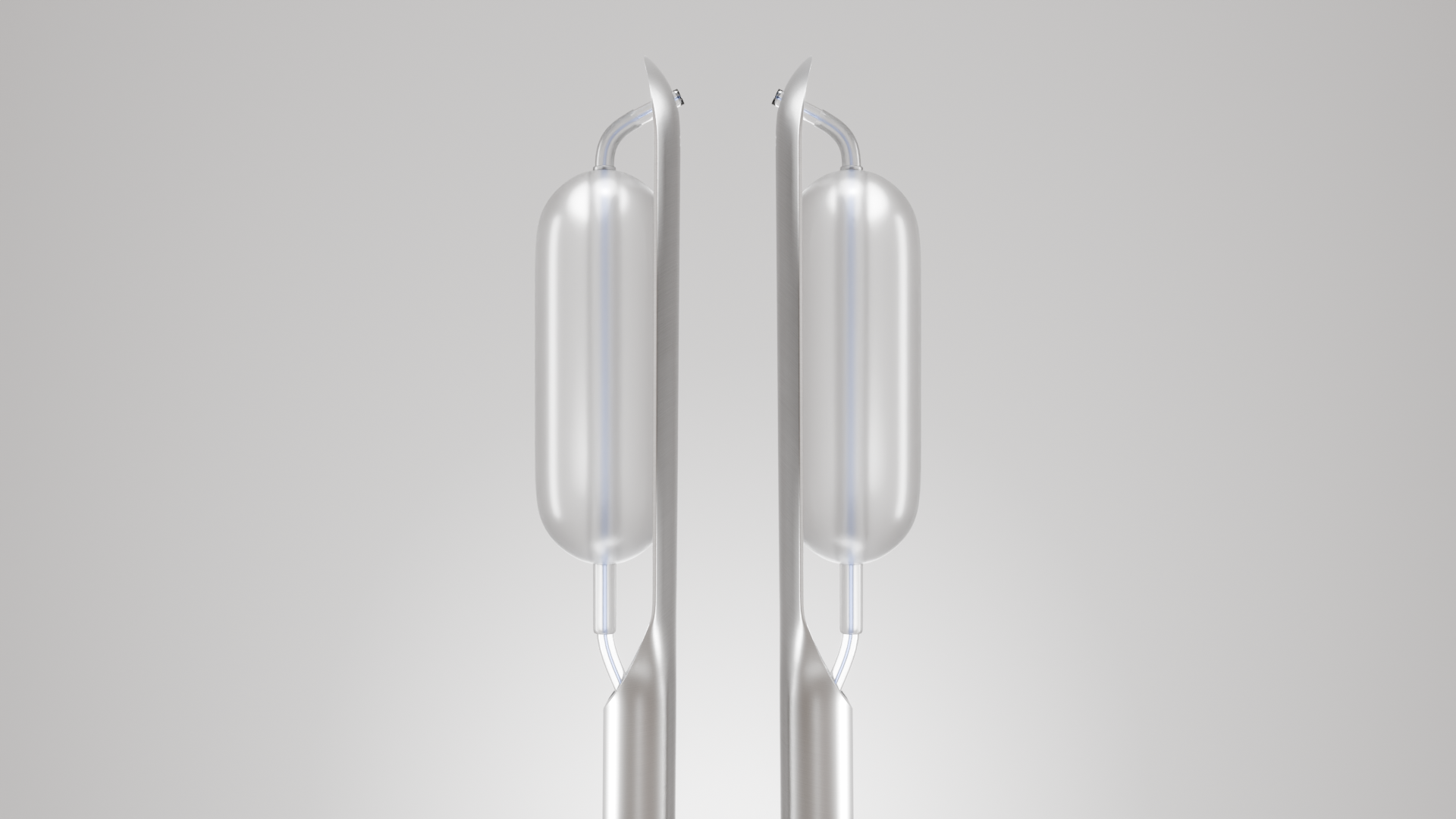Traditional Septoplasty vs. Dr. Dillard’s Balloon Septoplasty (ClearPath)
If you’re constantly stuffy on one side, mouth-breathing at night, or fighting sinus pressure, a deviated septum could be the reason. At Sleep & Sinus Centers of Georgia, we offer two proven surgical options to straighten the septum and open the nasal airway:
- Traditional septoplasty (the classic, tissue-reshaping approach)
- Balloon septoplasty using Dr. David Dillard’s ClearPath™ Nasal Balloon System—a minimally invasive technique that repositions tissue with controlled balloon dilation rather than cutting or removing as much tissue.
What is a deviated septum?
Your septum is the cartilage and bone that divides your nose into two passages. When it’s crooked (deviated), airflow narrows—often causing chronic congestion, mouth breathing, snoring, pressure or headaches, reduced smell, and exercise intolerance. Medicines like steroid sprays and saline can help symptoms, but they can’t straighten a crooked septum. Surgery is the definitive fix when symptoms persist and quality of life suffers.
How we diagnose the problem
During a visit, your ENT will review symptoms, examine your nose, and (when helpful) perform nasal endoscopy to see exactly where the blockage is. In some cases, imaging helps confirm anatomy and guides the plan. From there, we’ll recommend the approach that best fits your anatomy and goals.
Option 1: Traditional (endoscopic) septoplasty
How it works
Under direct visualization, your surgeon lifts the soft lining, reshapes/removes bent cartilage or bony spurs, and re-positions the septum to the midline. This approach is excellent for hard bony spurs or severe deformity.
What patients notice
- Consistently strong airway gains when bone must be addressed
- May involve more incisions, sutures, and (sometimes) packing or splints
- Typical recovery involves several days of swelling and congestion
We often combine traditional septoplasty with turbinate reduction if enlarged turbinates are also crowding the airway.
Option 2: Balloon septoplasty with ClearPath™
What it is
Dr. Dillard’s ClearPath Nasal Balloon System uses a small, high-pressure balloon—guided by a reusable stainless-steel Guide Spatula—to gently displace the lower septum and inferior turbinate, increasing space without the same level of cutting or tissue removal. The design goal: precise, controlled dilation, fewer incisions and less packing, shorter procedure time, and an easier recovery.
- ClearPath CNB catheter details (balloon near the distal tip; inflation via sterile water/saline; guide-wire compatible).
- Guide Spatula: reusable, contoured for anatomy; helps place the balloon accurately while protecting structures like the orbit and skull base.
Indications & regulatory status
ClearPath provides minimally invasive dilation to increase intranasal space and is FDA 510(k) cleared; the company’s docs and “Indications for Use” live on their site (and are appropriate for patients 17+). You can review the 510(k) summary and IFU on their Documents page.
Where it shines
- Cartilaginous (softer) deviations
- Crowding from swollen turbinates
- Patients who want a lighter-touch option and faster bounce-back
Step-by-step (what you’ll experience)
- Local anesthesia with light sedation (or general anesthesia—varies by case).
- The Guide Spatula positions the balloon where space is tight.
- The balloon inflates for seconds to reposition tissue and widen the passage.
- The balloon deflates and is removed; many patients need little to no packing.
- You can preview the feel of the procedure in ClearPath’s endoscopic video library and table-side setup walkthroughs.
Traditional vs. Balloon: a quick comparison
Great for
- Traditional: severe bends, bony spurs, prior trauma, revision with scar tissue
- Balloon (ClearPath): softer, cartilaginous deviation; turbinate crowding; patients prioritizing fast recovery
Surgical touch
- Traditional: more tissue reshaping/removal
- Balloon: controlled dilation; often fewer incisions and less packing
Recovery
- Traditional: a bit more soreness, congestion, and downtime
- Balloon: typically milder recovery; see ClearPath’s 48-hour checklist for a feel of after-care.
Can they be combined?
Yes. Some patients benefit from a hybrid approach—balloon dilation for soft-tissue crowding plus targeted traditional techniques for bony spurs.
Candidacy checklist (who’s a good fit for balloon septoplasty?)
You may be a strong candidate if you:
- Have persistent obstruction from a cartilaginous septal bend
- Have enlarged turbinates that can be gently displaced
- Want a minimally invasive option with a shorter, simpler recovery
You may lean toward traditional septoplasty if you:
- Have prominent bony spurs or severe structural deformity
- Need extensive reshaping best handled with endoscopic surgical techniques
We’ll recommend the path that gets you the most reliable, long-term airway.

What recovery looks like (typical timeline)
Day 0–2
Expect mild stuffiness, drips, or pressure. Keep your head elevated, use saline spray as directed, and apply short cold compresses. (ClearPath’s patient blog has a friendly first 48-hours guide.)
Week 1
Less congestion day by day. Many patients return to desk work within a few days (your plan may differ).
Weeks 2–4
Breathing continues to improve as swelling settles. We’ll see you for follow-up, clean the nose if needed, and review next steps.
Note: everyone heals differently; we’ll personalize your plan and activity limits.
Safety, risks, and how we reduce them
All nasal procedures carry risks like bleeding, infection, temporary numbness, scar bands, septal perforation, or need for revision. The ClearPath system was engineered for control—the Guide Spatula stabilizes and shields critical structures while the balloon applies directional force where the airway is tight. Technique and training matter; you can explore the company’s IFU and clinical videos for more detail.
Frequently asked questions
Is balloon septoplasty as “real” as traditional surgery?
It’s a different tool for a different problem. For soft-tissue/cartilage crowding, balloon dilation can widen space without the same level of tissue removal. For hard bone spurs, traditional septoplasty is usually superior. We’ll be candid about which fits your anatomy.
How long does the procedure take?
Balloon cases are typically quick; traditional cases vary with complexity. ClearPath’s design goals include shorter procedural time.
Will I need packing or splints?
Often less (or none) with balloon cases; traditional cases may use splints based on what’s done. Your surgeon will explain what to expect.
Is ClearPath FDA-cleared?
Yes—the 510(k) clearance documents are published on ClearPath’s site.
What about age limits?
ClearPath resources outline use in patients 17+; we’ll confirm suitability at your consult.
Can you treat turbinates at the same time?
Yes—balloon displacement can address crowding from the inferior turbinate; additional turbinate techniques may be discussed based on anatomy.
Insurance and costs?
Coverage varies by plan and diagnosis. Our team can verify benefits and provide a transparent estimate.

Why Sleep & Sinus Centers of Georgia?
- Expertise with both approaches. We perform traditional and balloon-assisted techniques and recommend what’s best for your nose—not a one-size-fits-all solution.
- Minimally invasive options. Dr. Dillard developed the ClearPath system to simplify septal surgery and improve recovery where appropriate. Explore the device overview, FAQs, and documents below.
Ready to breathe easier?
Book a consultation with our team. We’ll review your symptoms, examine your nose, and map a plan—traditional septoplasty, balloon septoplasty, or a hybrid—to give you lasting airflow and better sleep.
Patient resources
Don’t let allergies slow you down. Schedule a comprehensive ENT and allergy evaluation at Sleep and Sinus Centers of Georgia. We’re here to find your triggers and guide you toward lasting relief.






